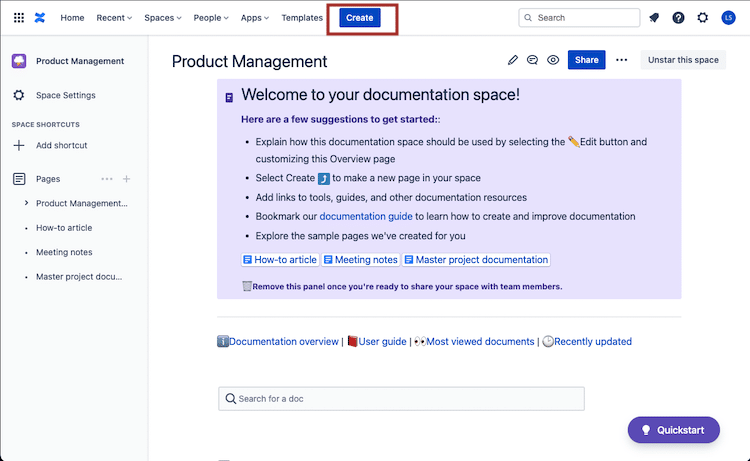As Yves St Laurent once said of clothes, “Fashions fade, style is eternal.”, also applies to popular product roadmap styles. Given the endless flexibility of the best product roadmap tools, product management teams can pretty much configure a product roadmap in any style they want. But just because you can do something, doesn’t mean that you should.

For those of you are just joining us, or are still a little slow off the mark, know that with almost everything in product management there are no absolutes, so it pretty likely roadmaps you make will be some combination of the ones listed below and they will change based on the product stage and which stakeholder you are trying to convince of your brilliance. As we pointed out, as product manager, you need to know how to use your product roadmap as a communication tool, so you better be aware of what exactly it is you want to communicate from the get go.
Timeline Based Product Roadmap Styles
And just like that, we go violate one of our ten commandments of product management of how you should be managing the communication of your time estimates, but in keeping with our theme of “product management is an art”, there are times you need to break a rule.
When a CEO or someone similarly empowered to advance or impede your career asks “What are you working on and when will it be done?”, you are best served by turning down the snark meter, and get them a timeline based roadmap

A timeline-based roadmap, typically laid out as some sort of variation of a bar chart on a grid, with the X axis representing time, shows:
- The execution of initiatives relative to one another each other against the context of time.
- The planned amount of time you intend to focus on certain initiatives, and
- When you plan to complete them.
Remember to keep the timelines as high as possible or you risk being grilled on timeframe and not problem solutions. You may decide that based on the audience, you want to include high level timelines by default to provide stake holders with a sense of the context and progress in development.
Dateless Product Roadmap Styles
How do you know that a product roadmap is a loser?
Cuz it’s dateless!!!!!
Thank you very much folks, I’ll be here all week.
Seriously though, when you are presenting your roadmap to an external audiences such as customers, or your parents, remember one of our other product commandment is to focus on themes, not features.
When facing external stakeholders, you are probably in more of “sell the vision” situation rather than an internal management/operations environment, so you need to sell the sizzle.

Having dates on a product on your product roadmap distracts from the high level overview you are looking to provide to your audience and can work against you in the long run if you set expectations for a specific release dates
When putting together a product roadmap of this style, group related items together in the same swimlane to indicate the relation,
As a roadmap still need to demonstrate which initiatives occur when, remember to order all involved initiatives sequentially.
Kanban Product Roadmap Styles
Kanban is a lean method to manage and improve work across human systems and inspired by the Toyota Production System. It’s goal is to manage work by balancing demands with available capacity, and by improving the handling of system-level bottlenecks.
Kanban boards visualize the state of project tasks using:
- Cards to represent work items. They move from left to right to show progress and to help coordinate teams performing the work.
- Columns to represent each stage of the process.
- Horizontal “swimlanes” representing different kinds of work or different teams performing the work.
While timeline and dateless roadmaps are popular roadmaps styles for showing the future, a Kanban roadmap provides an image of and initiative’s progress right now.
Kanban based product roadmap styles offer a high-level project management view, used when managing those (developers, manufacturing teams) that have responsibility for building a product.
Kanban is a capacity based process focused on limiting the amount of work in progress (WIP), as it leads to bottlenecks in the team’s process. As a result of matching the amount of WIP to the team’s capacity, Kanban gives teams :
- Flexible planning options
- Faster output
- Clear focus
- Transparency throughout the development cycle.
So, What Do I Here?
Remember you are an adultUnderstand that you are a paid professional and stop asking for professional hand holding service
Picking a roadmap format depends on both the stage and complexity of project:
Timeline-based product roadmap styles: communicate a high-level plan to executives who are focused on the product’s timeframe.
Dateless product roadmap styles: Suited to communicate a product’s strategy and planning to customers or sales reps without setting delivery expectations.
Kanban product roadmap styles: to get a real-time snapshot of what’s done, what’s in progress and what’s still outstanding.






